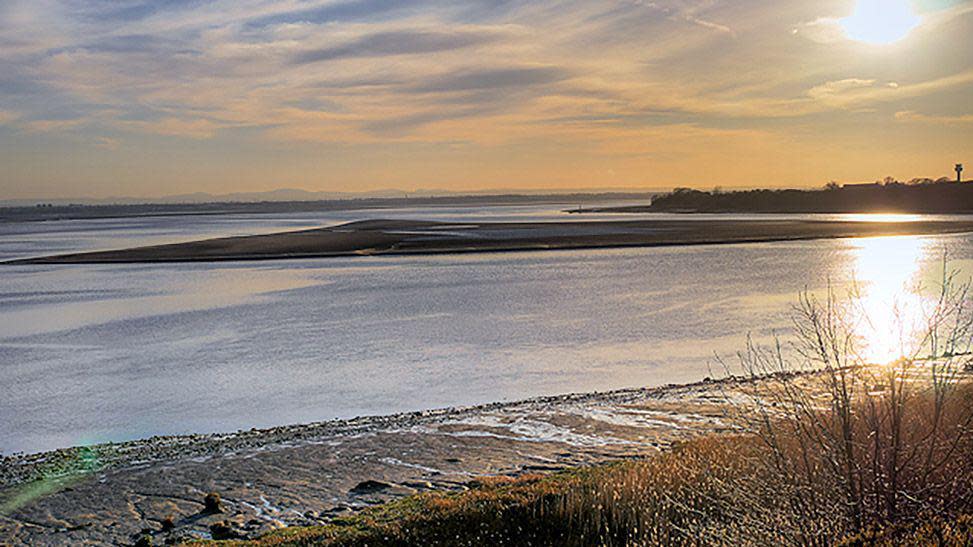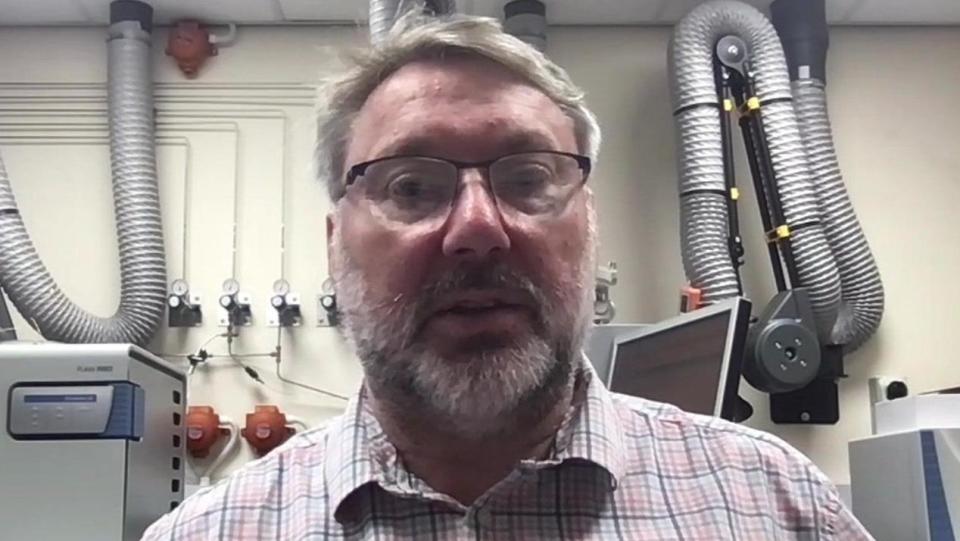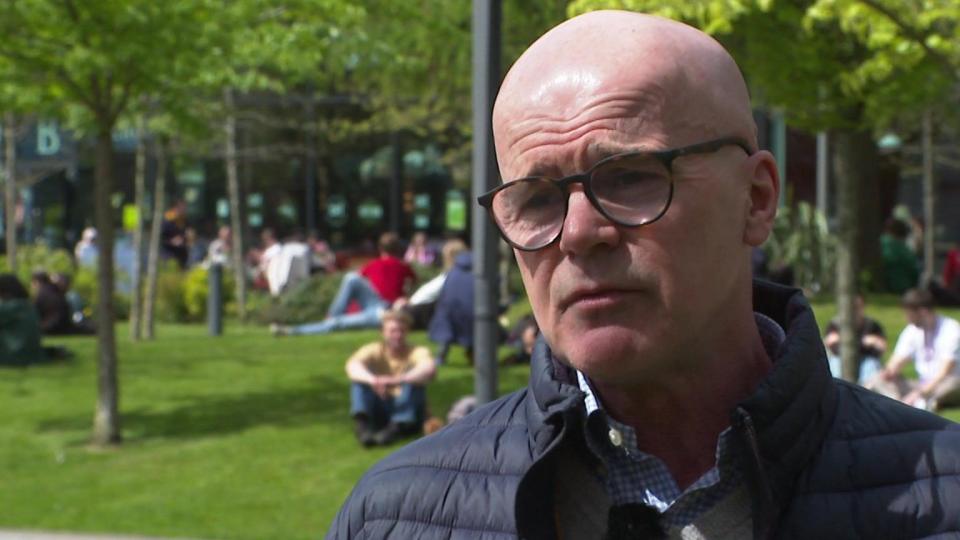Estuary sewage levels 'as high as 1980s' - study

Sewage pollution levels in the Mersey estuary are as high as they were in the 1980s despite efforts to clean it up, according to researchers.
A study from Durham University used dried seaweed to compare levels going back 200 years.
They found the River Mersey and its estuary remained heavily polluted by nitrogen from sewage and said the "shocking" levels required immediate action.
The Environment Agency said it was committed to "protecting and improving water quality".
In the 1980s, the river was said to be the most polluted in western Europe and a public outcry sparked a clean-up campaign.
A record level of species was found to be living in the River Mersey last year, which the Mersey Rivers Trust hailed as " the greatest river recovery in Europe ".
Species living in the river include rays, scorpion fish, types of eel and the rare venomous bluemouth rockfish.

The study, published in the journal Environmental Science: Advances, by geochemists Freya Alldred and Prof Darren Grocke used herbaria, dried seaweed, from collections which date back to the 1780s at the World Museum Liverpool.
They said it was the first time herbaria had been used to show how clean rivers were.
Herbaria act like time capsules, capturing in its tissues the environmental conditions it was growing in, so it can identify nitrogen pollution changes over the past 200 years.
Prof Grocke said they were "astonished" at the "elevated" results showing it was "dominated by sewage" and called for immediate action to address the issue.
He added population growth was the main problem and called for more investment in infrastructure.
Of the record levels of species being recorded in the River Mersey, he said: "They're probably sporadic and not living there all the time and just venturing in and out."

He added: "Although that conflicts with the evidence we have, if you go round the Liverpool Mersey area you'll see [they] don't have many mussels and other organisms that live on the rocks... and they normally help filter the water.
"So if we could even try and get those ecosystems back that will help clean the river up as well."
Professor of Physical Geography at the University of Manchester, Jamie Woodward, said the estuary was "a hot-spot for sewage dumping".
He said that was "unacceptable" and it was "a threat to public health".
'Significant improvements'
The Environment Agency said: “We are committed to protecting and improving water quality.
"Our team works tirelessly to enforce regulations, conduct monitoring, and collaborate with stakeholders to address sources of pollution.”
The Mersey Rivers Trust said water quality had been improving since the late 1980s with "significant improvements in sewage treatment".
"As a result we are seeing a lot more different species of fish in the estuary than 40 years ago and the return of shark, dolphin and porpoise."
The charity said it was working with a range of organisations "to assess the water quality and ecological health of the Mersey to help determine the further actions required to continue improvements to river health".
It added: "The study by Durham University is an interesting additional data contribution and we hope to discuss the work with the authors of the study in the near future.”
Liverpool City Region mayor Steve Rotheram has previously said he planned to make the River Mersey sewage free by 2030.


